A prefecture located in the main island of Japan, Gifu has plenty to offer. For a quick glimpse, the prefecture is home to famous UNESCO World Heritage Site Shirakawa-go, traditional form of fishing with trained birds at Nagara River, underrated onsen town Gero Onsen, and many more.
Table of Contents
Introduction
History
Gifu Prefecture’s formation can be traced back to 1871 when the Meiji Government introduced a new governing system by prefectures - Prefectural System (廃藩置県 Haihan-Chiken). The system involved scrapping the old province system (令制国 Ryoseikoku) and combining areas into one big prefecture for among other reasons uniting of nations and stabilization of state finances.
At that time, a total of 9 areas were combined to form early-Gifu. In 1876, Takayama was added and in 2005, Yamaguchi was added. With a total of 11 areas combined, the present form of Gifu Prefecture was completed.
※ GIFU Prefecture, "Facts about Gifu Prefecture" ※ Michio Umegaki, “After the Restoration: The Beginning of Japan's Modern State”, Pg.229
Geography and Climate
Gifu is surrounded on all sides by land. Looking at a map of Japan, it can be seen that Gifu is located near the centre. Thanks to its primarily mountainous terrain, Gifu enjoys a relatively cool climate throughout the year compared to other parts of Japan, with average temperatures ranging from 10 to 16°C.
※ Encyclopædia Britannica, Inc., "Gifu" ※ GIFU Prefecture, "Facts about Gifu Prefecture"
Agricultural Industry
Gifu’s climate makes it ideal for crop planting which is why agriculture is the most lucrative industry. Each region in Gifu has its own specialty product due to differences in climates which results in different growing environments. For example, south Gifu is best suited for rice planting as it experiences warmer temperatures, whilst highlands produce tomatoes and radishes. Other industries that are also thriving include cattle raising, manufacturing, and fishing (Gifu’s prefectural fish is Ayu).
※ GIFU Prefecture, "Facts about Gifu Prefecture"
Shirakawa-Go: UNESCO World Heritage Site

Undoubtedly one of the most popular tourist destinations in Japan is Shirakawa-Go. Shirakawa-Go’s most appealing characteristic is its Gassho-style houses - traditional thatched-roof farmhouses. Tourists especially love visiting the village in winter when snow blankets the area creating a picturesque scene straight out of a Christmas movie.
※ UNESCO World Heritage Centre, "Historic Villages of Shirakawa-go and Gokayama" ※ Japan National Tourism Organization, "The Historic Villages of Shirakawa-go & Gokayama (UNESCO)"
Writer's Pick
Visit the Wonders of Gifu
As the 7th largest prefecture in Japan, there is no end of things to do in Gifu. Indeed, we can scarcely cover even a half of Gifu’s enjoyable activities. Even so, we’ve tried our best and brought you some of the best places to visit in Gifu!
Explore Gifu Castle
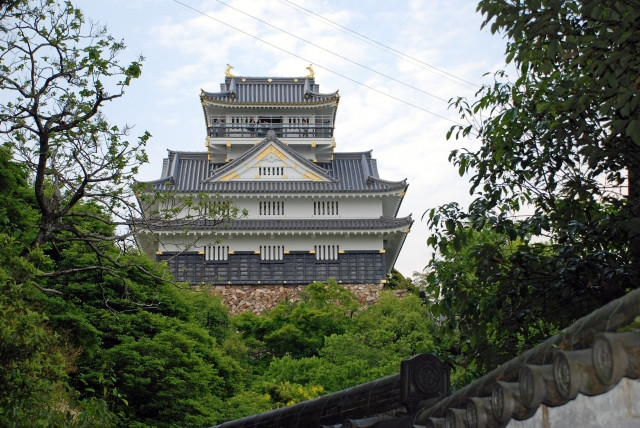
Gifu Castle, once known as Inabayama Castle, rests majestically atop Mount Kinka, once known as Mount Inaba. Moreover, the area itself was not known as Gifu but Inokuchi. Built more than 800 years ago, Gifu Castle is perhaps most well known for its part in the war during the Sengoku Period. Warlord Oda Nobunaga took ownership of the castle as a conclusion to a great battle known as “The Siege of Inabayama Castle” after which he renamed the area Gifu, and the castle Gifu Castle.
The current castle which consists of an exhibition hall depicting the castle’s history, and a rooftop observatory with a grand view of the Gifu area is a favorite attraction to tourists. Be amazed by the panoramic view of the Nagara River crossing through the city, mountain ranges, Ise Bay, and grassy flat plains.
※ Gifu City, "岐阜城天守閣"
Access: 8-mins walk from Mt. Kinka Ropeway
Entrance Fee: 200 yen (Adult)
Gifu Castle and the top of Mt. Kinka is only accessible by Mt. Kinka Ropeway. Aside from Gifu Castle, there are many activities you can enjoy atop Mount Kinka. This includes a Squirrel Village and a panoramic view restaurant.
Ropeway Fee: 1,100 yen / round trip (Adult)
TIP
For a limited time during summer, the castle and ropeway close late for visitors to enjoy a panorama night view. If you take the ropeway after 6pm at these times, the usage fee is discounted to 900 yen (Adult).
Witness the Great Buddha of Shobo-Ji
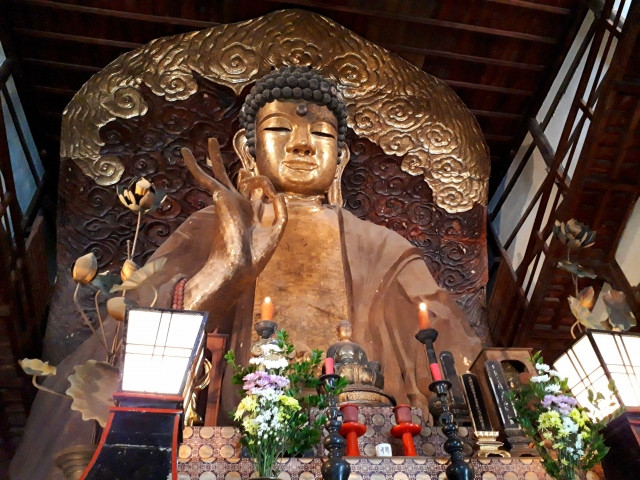
Shobo-Ji is a Zen Obaku Sect. Buddhist Temple, also an affiliate temple of Mampuku-Ji in Uji, Kyoto. The Great Buddha Statue of Shobo-Ji is one of the largest of its kind in Japan at a whopping 13.7 meters tall, alongside Kamakura and Nara’s respective Buddhas. It was erected in memory of victims who had succumbed to illness and earthquakes that occured at the dawn of the 19th century.The Gifu Shobo-Ji Buddha is often called the ‘’Basket Buddha Image’’ due to its unique make consisting primarily of ginkgo wood held together with bamboo. The surface was then covered with clay and scriptures before lacquering and gilding with gold leaves.
Access: 3-mins walk from Gifu Park (Gifu Koen Rekishi Hakubutsukan-mae) Station on City Bus Lines N33, N41, N43, N45, N50, N72, N75, N80.
Entrance Fee: 200 yen (Adult)
※ JNTO, "Shobo-ji Temple"
Experience Woodwork at Hida Crafts Museum
Hida carpentry is the pride and joy of Japan. What makes Hida craftsmanship unique and revered amongst fellow artisans is the woodwork skill that allows carpenters to build without using any nails. Imagine entire statues, ornaments, structures purely carved from wood, held together by sheer skill. Sounds impressive? It is! And even more so when you can see it with your own eyes at Hida Crafts Museum.
If you are interested in trying it out yourself, the museum also has hands-on activities. Make your own wooden houndstooth coaster and show it to your friends! Also get some handmade souvenirs carved by skilled artisans, they’ll make a fine gift for someone too.
Access: 5-mins walk from Hida-Furukawa Station on the JR Takayama Line
Entrance Fee: 300 yen (Adult)
Coaster Experience Fee: 2,000 yen including entrance fee
NOTE: Closed on Thursdays.
Watch Ukai Cormorant Fishing

Ukai (鵜飼) or cormorant fishing is a traditional method of fishing. It involves training cormorants (also known as shags, a large breed of waterbird) to dive for fish.The practice of Ukai has been around in Japan for more than 1,300 years. Fishing typically starts at dusk, fishermen head out on their boats with several cormorants on board. A single fisherman may control up to 12 cormorants at one time. The birds are leashed at the neck, sent to dive, and return with fish in their mouths. The cormorants are happy to work as they are allowed to eat the smaller fishes.
Ukai boat tours are a seasonal affair typically in summer from May to October. Some tours even offer opportunities to taste the freshly caught fish onboard. Reservations can usually be made at your hotel.
※ Japan National Tourism Organization, "Ukai Cormorant Fishing" ※ National Geographic, “This Ancient Japanese Tradition Uses Birds to Catch Fish”
Rest and Relax at Gero Onsen
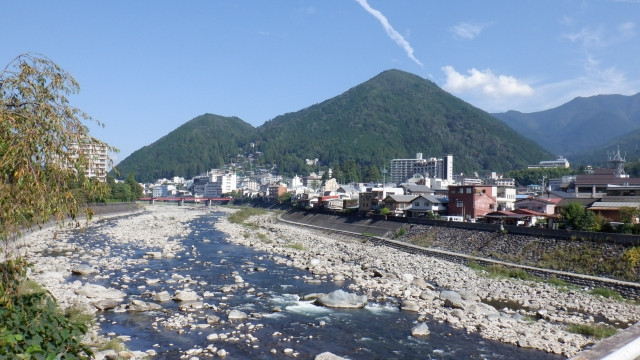
Gero Onsen is a hot spring town, perfect for a day trip from Nagoya or to rejuvenate whilst journeying across Gifu. With natural spring waters as hot as 84°C, it is one of the most enjoyable onsens to soak in. The water is also said to bring plenty of health benefits as well as being good for your skin.
Not sure where to stay in Gero Onsen, here are some accomodation highlights.
-
Yunoshimakan, a designated National Tangible Cultural Property with a view of the onsen town.
-
Suimeikan has rooms with views overlooking the Hida River. It has three types of baths to choose from.
-
Gero Royal Hotel Miyabitei has rooms with private onsens. You can also have breakfast and dinner served in your room.
For other accommodation options, visit this link.
For more about Gero, check out this article: The Gero Onsen Experience in Gifu Prefecture
Gifu Must Eats
Since you’re visiting the prefecture, it’ll be a waste to leave without dining on the prefecture’s best delicacies. Here’s what you should not miss in Gifu.
Hida Beef
Japan is famous for its Wagyu beef, but did you know there are different breeds of Wagyu? There’s Kobe, Matsusaka, and now we introduce Gifu Prefecture Hida Region’s Hida beef. What sets it apart from the other types of Wagyu is the marbling - the white parts of the beef. The meat is tender and soft, practically melting in your mouth. A convenient way to get Hida Beef is to stay at a ryokan, many accommodations (especially in Gero Onsen) have Hida Beef as a dinner set option with your room.
Hida Takayama Ramen
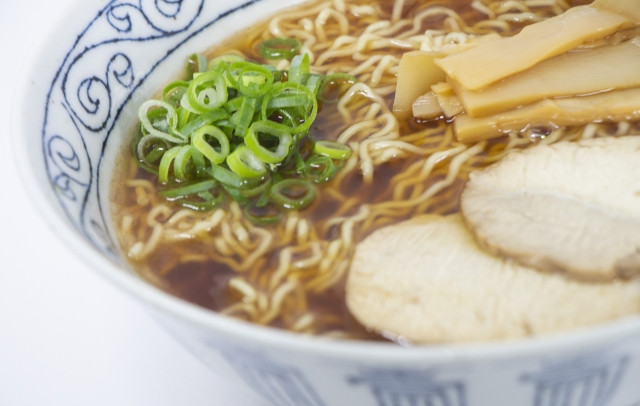
Another dish originating from the Hida region is Takayama Ramen. The ramen’s characteristics include a shoyu and bonito based broth, thin Chinese style noodles, and a thin broth. Topped with bamboo shoots, chasyu, and chopped spring onions, it is quite similar to a soba dish. This may be why some people in the area eat Takayama Ramen instead of the usual soba during New Year’s.
Okumino Curry
Originating from Gujo CIty, Okumino Curry has Gujo locally made miso paste as its key ingredient. Giving it a unique homely twist to the family favorite dish.
※Gujo Okumino Curry
Hoba Miso
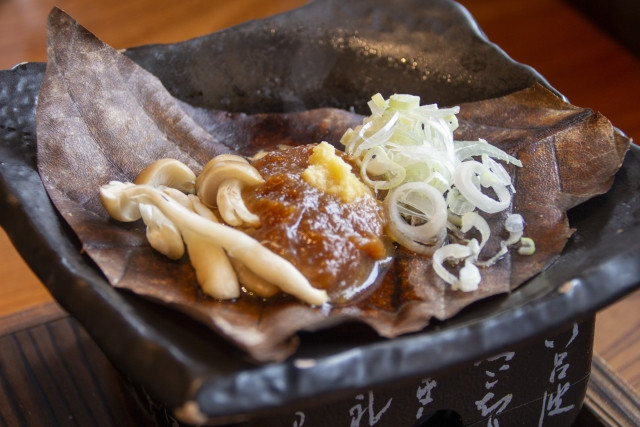
Hoba Miso, or Magnolia Leaf Miso, is a unique dish consisting of miso paste on a Hoba (magnolia leaf) cooked over an open fire. Typically mushrooms and spring onions are mixed in with the miso in addition to meat like Hida beef or salmon. It goes very well with rice. Aside from restaurants in Takayama City, you can also get it at ryokans in Gero Onsen.
Ayu
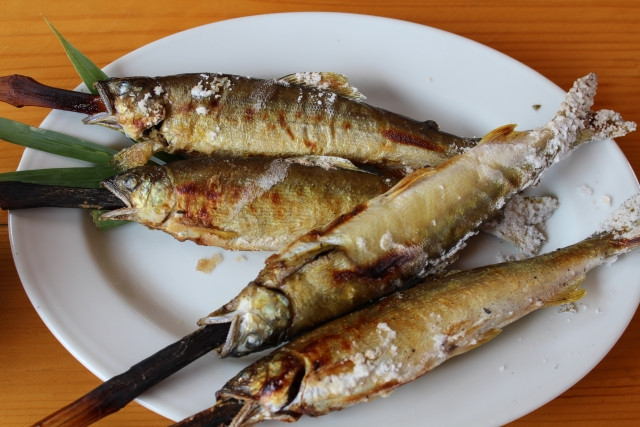
Ayu is the prefectural fish of Gifu Prefecture. It is known for the sweetness of its flesh instead of the usually savory salty taste of fish. Some people even say that they can taste the sweetness of watermelon from it. Ayu from Nagara River is especially famous so make sure to drop by restaurants in the area for a bite.
Summary
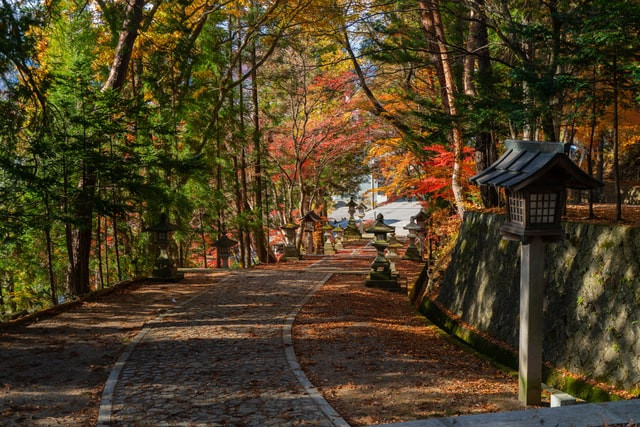
Bored of mainstream places like Tokyo and Kyoto? Gifu could be your next destination to explore Japan. From historical Gifu Castle, to religious Buddha Statues, and finally a long hot soak in Gero Onsen, Gifu has got you all covered. Let’s not forget the rare and unique experiences you can only enjoy here including delicious local food and cormorant fishing.



















.jpg)












